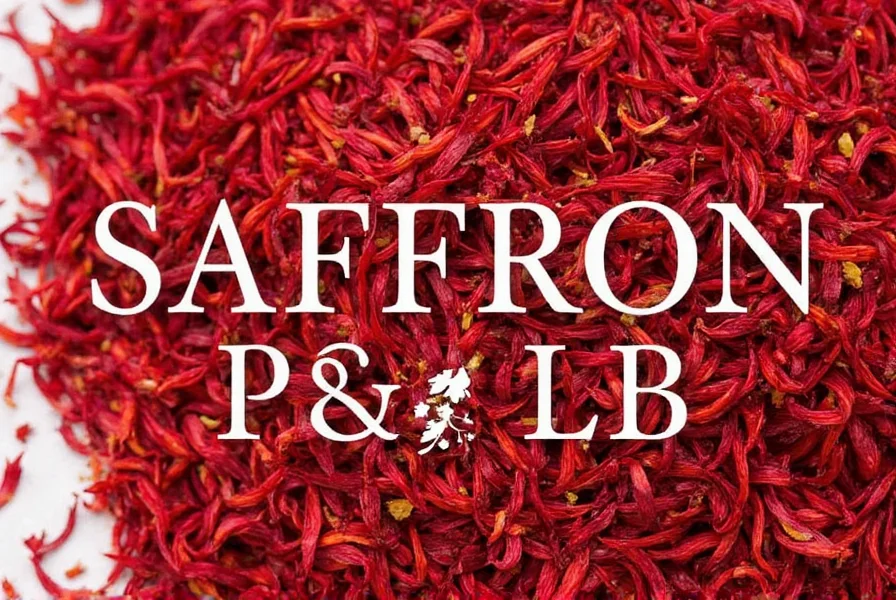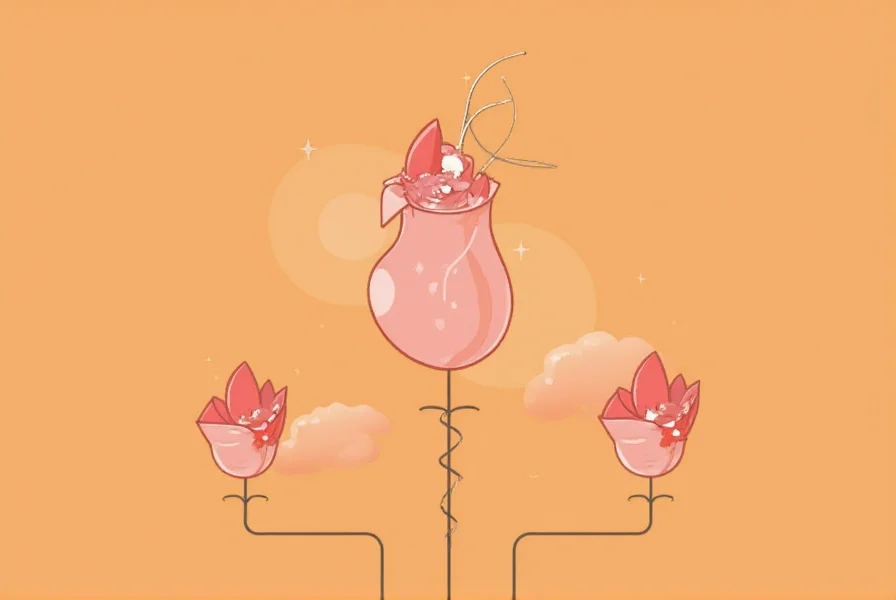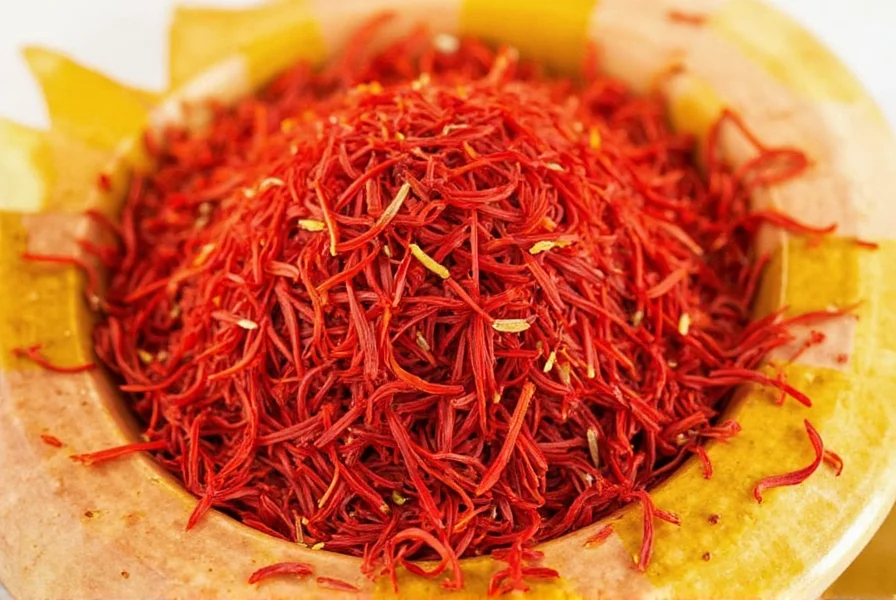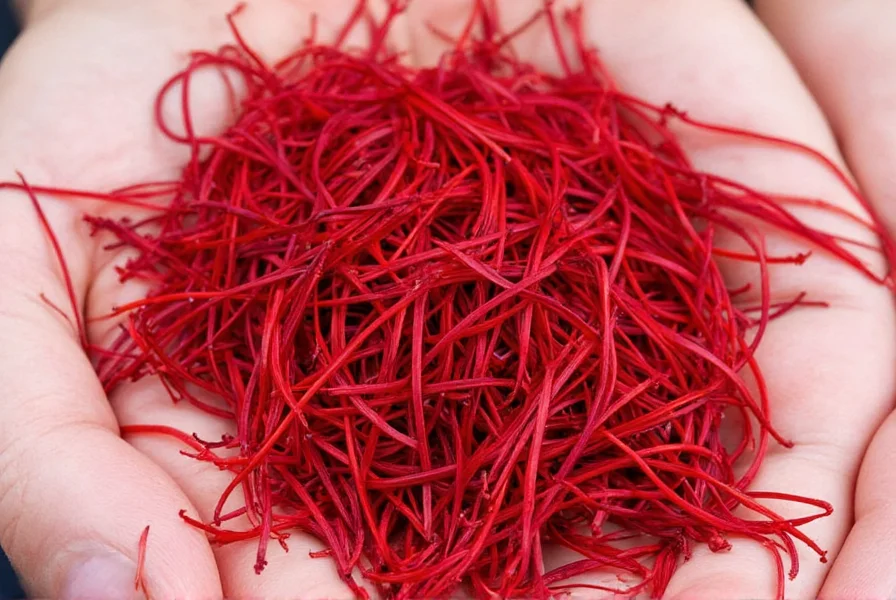Table of Contents
Introduction to Saffron Pricing
As of 2025, saffron prices range from $200 to $1,200 per pound depending on quality, origin, and purity. This guide provides verified pricing data, expert buying advice, and practical tips to help you avoid counterfeit products while maximizing value in culinary applications.

2025 Saffron Price Per Pound
The current market price for saffron per pound in 2025 varies significantly based on quality standards. Authentic saffron typically costs between $200 and $1,200 per pound, with premium Iranian saffron commanding the highest prices. Despite the high per-pound cost, a single pinch (0.02-0.03 grams) costs only $0.50-$1.20 per serving, making it cost-effective for culinary use.
Key pricing facts:
- 75,000+ hand-picked flowers are required to produce one pound of saffron
- Price fluctuations occur due to harvest yields, climate conditions, and global demand
- Shipping costs for premium saffron typically add 15-25% to total purchase price

Factors Affecting Saffron Cost
Multiple factors influence saffron pricing per pound:
- Origin: Iranian saffron (Khorasan region) commands premium prices due to superior quality standards
- Grade: Superior grade (no yellow styles) costs 2-3x more than inferior grades
- Purity: Saffron with 95%+ stigma content is priced higher than mixed products
- Harvest year: Fresh harvests (within 12 months) maintain higher value
- Shipping requirements: Temperature-controlled vacuum packaging adds to costs
Saffron Quality Grades Explained
Saffron quality is classified by ISO standards. Higher grades contain more stigma content and less yellow style material:
- Superior Grade (ISO 3632 Type 1): Minimum 250+ color strength, no yellow styles
- Standard Grade (ISO 3632 Type 2): 190-249 color strength, minimal yellow content
- Inferior Grade (ISO 3632 Type 3): Below 190 color strength, high yellow style content
| Grade | Origin | Price per lb (2025) | Color Strength | Best Uses |
|---|---|---|---|---|
| Superior Grade | Iran (Khorasan) | $950 - $1,200 | 250+ ISO units | Professional cuisine, luxury dishes |
| Standard Grade | Spain (La Mancha) | $550 - $750 | 190-249 ISO units | Home cooking, restaurant use |
| Inferior Grade | India (Kashmir) | $200 - $300 | 150-189 ISO units | Bulk processing, low-cost applications |
Professional chefs recommend Superior Grade for dishes where saffron is the star ingredient. Standard Grade provides excellent value for most culinary applications.

Authentic Saffron Buying Guide
To avoid counterfeit saffron, follow these verification steps:
- Visual inspection: Genuine saffron has deep red threads with orange tips and no yellow stems
- Water test: Authentic saffron releases golden color slowly (5+ minutes) without immediate bleeding
- Smell test: Pure saffron has a honey-like aroma; fake saffron smells chemical or musty
- Certification check: Look for ISO 3632 certification and lab test reports
- Source verification: Reputable suppliers provide harvest dates and country of origin details
For bulk purchases (5+ pounds), always request third-party lab analysis reports to verify quality consistency. Reputable suppliers typically offer 10-20% discounts for large orders.

Saffron Pricing FAQs
- What is the current saffron price per pound in 2025?
- As of 2025, authentic saffron prices range from $200 to $1,200 per pound depending on quality grade. Premium Iranian Superior Grade typically costs $950-$1,200/lb, while Standard Grade Spanish saffron averages $550-$750/lb.
- How much does saffron cost per serving?
- Despite high per-pound pricing, a single pinch (0.02-0.03 grams) costs only $0.50-$1.20 per serving. Most recipes require just 15-20 threads, making saffron cost-effective for culinary use.
- How do I verify authentic saffron when buying?
- Perform three tests: 1) Visual inspection for deep red threads with orange tips, 2) Water test for slow golden color release, 3) Check for ISO 3632 certification and lab reports. Avoid products with chemical smells or excessive yellow stems.
- Does saffron pricing include shipping costs?
- No. Premium saffron requires temperature-controlled vacuum packaging, adding 15-25% to total costs. Always confirm shipping details before purchasing bulk quantities.
- Can I negotiate prices for large orders?
- Yes. Reputable suppliers typically offer 10-20% discounts for orders above 5 pounds. Always request lab analysis reports to ensure quality consistency before bulk purchases.
Key Takeaways
Understanding saffron pricing per pound is essential for making informed purchasing decisions. Premium saffron costs reflect the labor-intensive harvesting process (75,000+ flowers per pound) and strict quality standards. By verifying authenticity through visual checks, water tests, and certification reviews, you can ensure you're getting genuine saffron at fair market prices. For most culinary applications, Standard Grade saffron provides excellent value, while Superior Grade is ideal for professional use where flavor intensity matters most.










 浙公网安备
33010002000092号
浙公网安备
33010002000092号 浙B2-20120091-4
浙B2-20120091-4